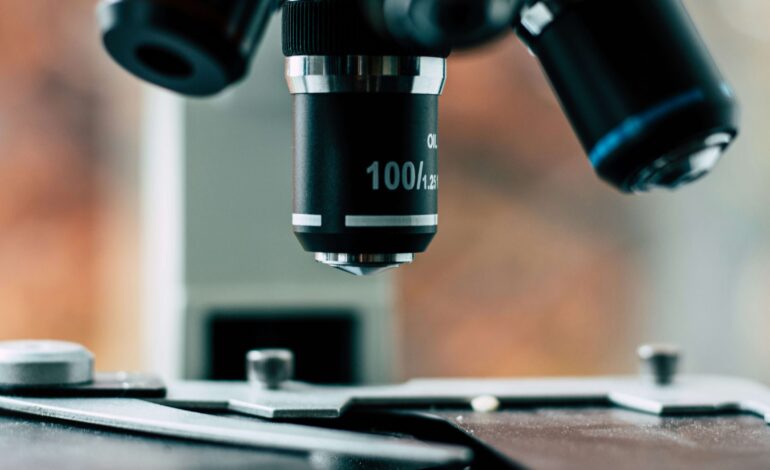
Advancements in Bunker Fuel Testing and Analysis
Bunker fuel, a vital component in the maritime industry, powers large vessels across the world’s oceans. As environmental regulations tighten and sustainability becomes a priority, the need for accurate and reliable testing and analysis of bunker fuel has grown significantly. Recent advancements in technology and methodologies have revolutionized how bunker fuel is tested, ensuring compliance with regulatory standards and optimizing fuel efficiency. Here’s an exploration of the latest innovations in bunker fuel testing and analysis:
- Traditional Testing Methods: Historically, bunker fuel quality was assessed through traditional methods such as density, viscosity, sulfur content, and flash point testing. While these methods remain essential, they have limitations in providing comprehensive insights into fuel composition and performance under various conditions.
- Advanced Spectroscopy Techniques: Modern spectroscopic techniques, including Fourier-transform infrared spectroscopy (FTIR) and X-ray fluorescence (XRF) spectroscopy, have transformed bunker fuel analysis. FTIR allows for rapid identification of fuel components and contaminants, while XRF provides precise measurements of elemental composition, including sulfur content, crucial for compliance with emissions regulations.
- Chromatography and Mass Spectrometry: Gas chromatography (GC) coupled with mass spectrometry (MS) is another powerful tool in bunker fuel analysis. GC-MS enables detailed characterization of fuel components, identifying trace contaminants and assessing fuel stability and compatibility with engine systems.
- Digital and Automated Systems: The integration of digital technologies has streamlined bunker fuel testing processes. Automated systems for sample handling, analysis, and data interpretation reduce human error and enhance efficiency in laboratories and onboard ships, where rapid results are crucial for decision-making.
- Real-time Monitoring and Remote Sensing: Advances in sensor technologies enable real-time monitoring of bunker fuel quality during storage, transfer, and combustion. Remote sensing technologies, including drones and satellite imaging, offer new possibilities for monitoring emissions and detecting fuel spills, contributing to enhanced environmental compliance and safety.
- Big Data and Machine Learning: The application of big data analytics and machine learning algorithms has revolutionized data interpretation in bunker fuel analysis. These technologies enable predictive maintenance of engines, optimization of fuel consumption, and early detection of anomalies in fuel quality, leading to improved operational efficiency and cost savings.
- Regulatory Compliance and Sustainability: Innovations in bunker fuel testing support compliance with stringent environmental regulations, such as MARPOL Annex VI, which limits sulfur emissions from ships. Accurate testing ensures ships use compliant fuels and facilitates the adoption of alternative fuels and emissions reduction technologies.
In conclusion, advancements in bunker fuel testing and analysis are pivotal in ensuring the reliability, efficiency, and environmental sustainability of maritime transport. These technologies not only enhance regulatory compliance but also enable shipping companies to optimize fuel usage, reduce operational costs, and minimize environmental impact. As technology continues to evolve, the future of bunker fuel testing promises further improvements in accuracy, speed, and integration with broader shipping operations, reinforcing the industry’s commitment to sustainable practices and operational excellence.





